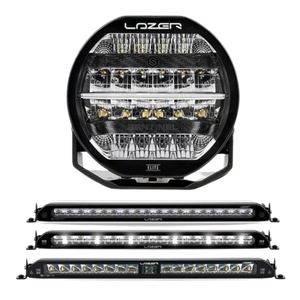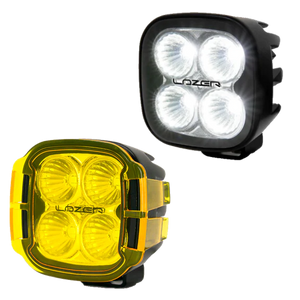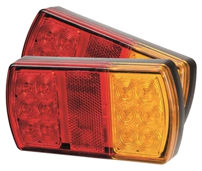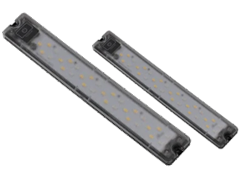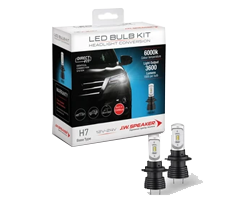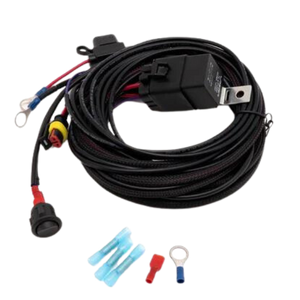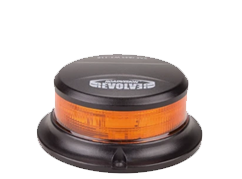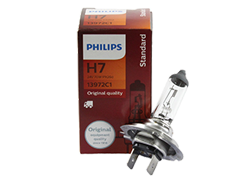
Quality Lights For Your 4 wheel Drive, Camper, Trailer, Minespec Vehicle or Boat
Quality lighting is one of the most important equipment when it comes to 4 Wheel Driving and camping in Australia. One of the benefits of traveling in Australia is being able to explore the remote and geographically diverse locations it has to offer. Having good lights whether its driving lights, camping lights, work lights or warning lights ensures that you will have enough visibility to have a safe & successful trips.
Why LED?
Though there are several types of lights on the market, LEDs are a go-to choice for 4 wheel drivers. HID is recommended over halogen as they have a longer beam distance and the light tends to be more neutral, which reduces eye fatigue and adds clarity to your night-driving experience, but they only last around 2,000 hours. LEDs however, last for over 50,000 hours. They are also cooler when running, draw less energy, reduce glare and are not as fragile as their competitors.
More information on the comparison can be found here: https://au.lightforce.com/blogs/blog/what-s-the-difference-hybrid-vs-halogen-vs-hid-vs-led-driving-lights


Distance vs Spread
Having enough lighting in all directions is a top priority when it comes to 4 wheel driving at night. When driving off-road or cross country you will be faced with mist, wildlife crossings, darkness and much more. To ensure your safety, you need powerful, long distance illumination, or pencil beam head lights. To get complete coverage we also recommend installing a light bar on the front of your car to get the broader areas at short distance. A combination of both is the most ideal to insure you get enough light everywhere needed.
More information on the different types of headlights here :
Ensuring your Vehicle has Enough Power Supply
Generally, you want your driving lights connected to your start battery just as you have your standard, factory lights. If your planning on installing work or camp lights that you want to use once you're parked somewhere, usually those are powered by your auxiliary battery. The light amperage can be calculated by dividing the watts of the light by the Voltage (12 or 24). This article https://www.oznium.com/blog/light-bar-draining-battery-what-did-i-do-wrong/ Explains how much your light will drain your battery and how quickly before needed to charge it.


Rules & Regulations
Before purchasing or fitting auxillary lights ensure you are following your local areas laws. The regulations for Western Australia’s fitment and use of additional vehicle lights can be found here. You can find most other online or by contacting your local department of transport.
Frequently Asked Questions
The optimal Kelvin we recommend is 5000. This is the colour temperature that our eyes have evolved to see best – midday daylight. You are able to see the most detail without straining your eyes and causing fatigue. Especially important when you are driving for long periods of time. In comparison 4000 Kelvin are a bit weaker and don’t give you enough detailed vision. Whereas 6000 Kelvin can cause a glare on the reflection from road signs which can lead to eye fatigue quicker.
Generally, 300 meters ahead is enough for most standard cars. It’s good practice to cover about 3-4 times your stopping distance. As a rule of thumb, it’s always good to cover rather a bit more than too little as you want to be able to see anything on and alongside the road to allow you to hit you brakes and stop in time.


